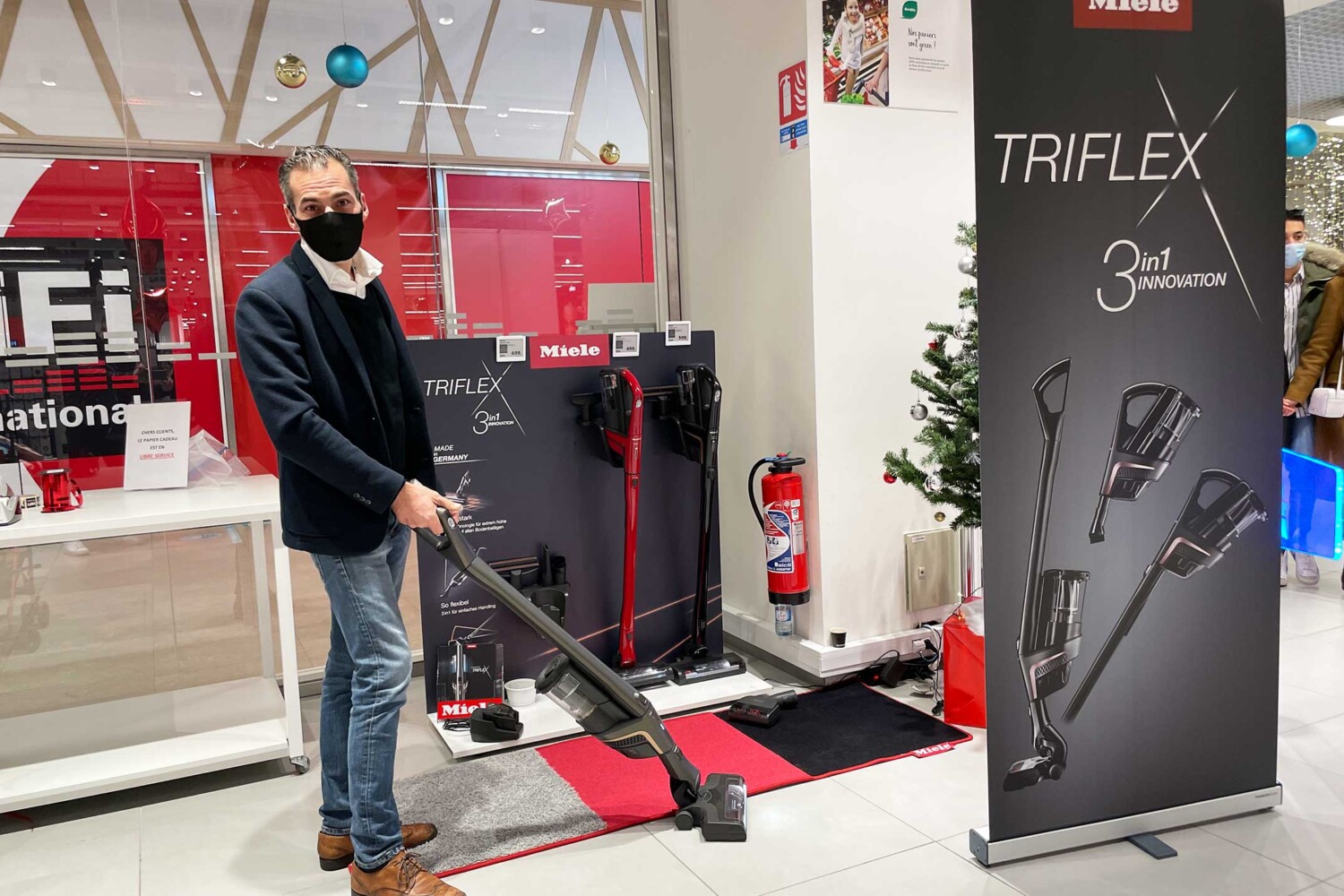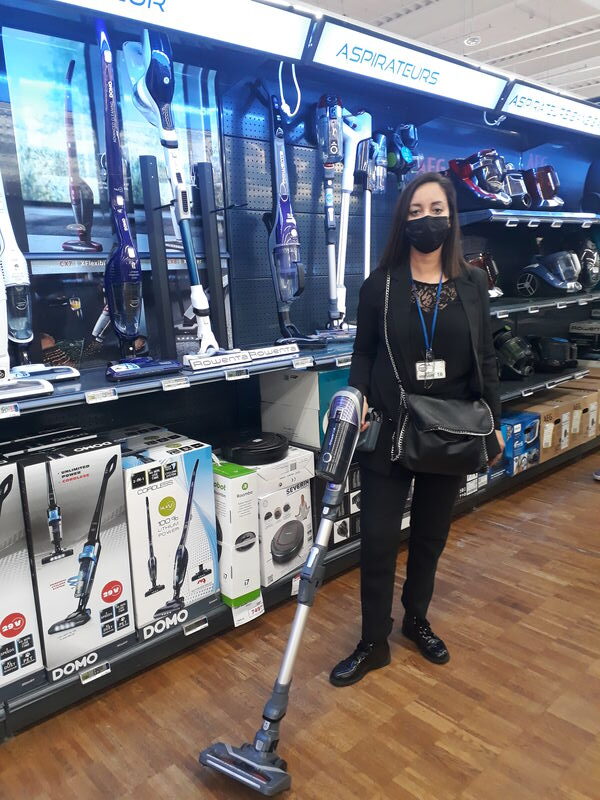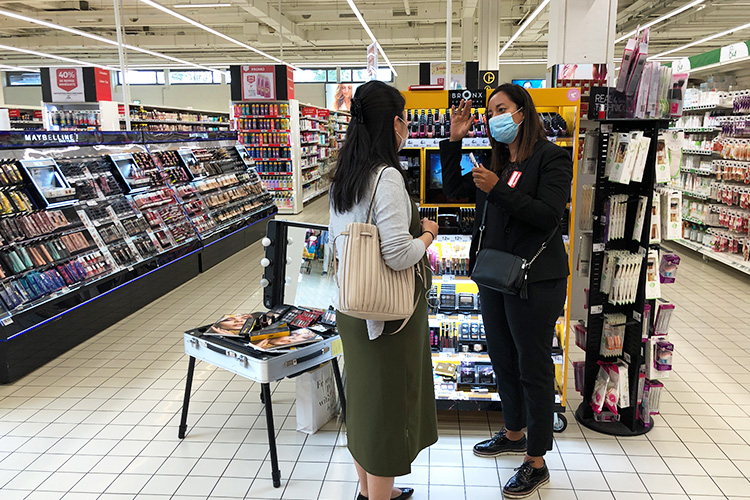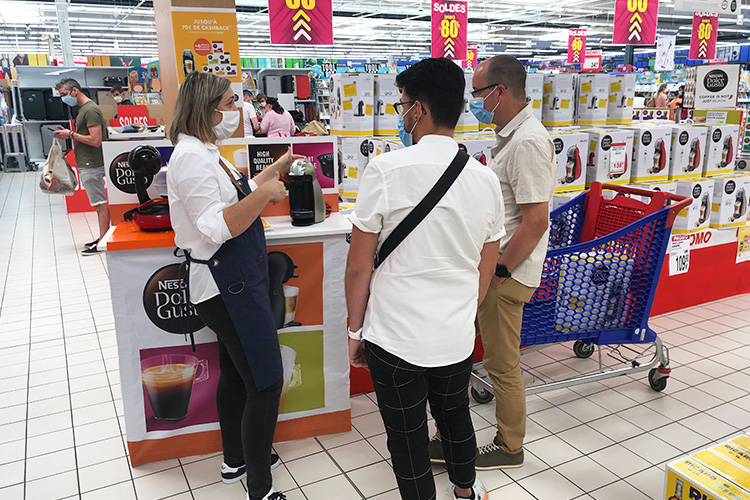Product demonstration consists of introducing a product or one of its characteristics to the consumer, in real-life usage conditions or in real-life situations.
In-store conditions are favorable to the facilitator, because he can dramatize his demonstration to ensure that the customer has a real shopping experience . This method also has the advantage of capturing his attention and concentration, essential criteria for triggering the act of purchase.
To ensure the success of your demonstration, you will need to adapt your pitch to the client’s expectations, prepare your scenario well so that the presentation flows smoothly and finally highlight the customer benefits based on the technical characteristics of the product.
Why do demonstrations?
To increase sales of your products! Because that is the ultimate goal of a brand: to increase its turnover .
And the physical demonstration of products in stores still has a bright future ahead of it… Indeed, what could be more effective than actually seeing the product in real-life usage conditions?
This is one of the most convincing methods for consumers. Seeing with their own eyes that the product works properly reassures the customer and removes any objections they may have had about the product, thus encouraging the act of purchasing .
In order to ensure the success of your prospecting through demonstrations , the demonstrator must first of all respect a few important rules:
1. Prepare your demonstration
Delivering an effective product demonstration can’t be improvised! It’s imperative to prepare well so that your pitch flows smoothly and naturally once you’re on the job.
To maximize its success, the brand typically provides product briefs with sales pitches, personalized attire (or dress code guidelines), or a branded stand. ” Theatricalization ” is a key element for a convincing demonstration.
Indeed, the presenter will have to play a role of composition, put himself in the scene, to make the consumer want to buy. To do this, you have to practice , immerse yourself in the product and put yourself in the situation! Combining theory with practice will guarantee you a receptive audience in store and an incentive to buy.
2. Create desire
How do you know if your demonstration is effective? Quite simply, when you generate interest in the consumer and the desire to buy the product in question. The latter is looking for an in-store experience, you have to make them “dream”—in short, tell them a story… [Storytelling]. This will not necessarily involve highlighting the product’s characteristics but rather the brand’s values or philosophy .
Also keep in mind that an effective demonstration shouldn’t be too long to avoid losing your audience. It shouldn’t last more than 15 minutes.
3. Identify consumer needs
Your sales pitch shouldn’t be duplicated for every product demonstration; you’ll need to adapt it to the person you’re talking to . Whether it’s a housewife, a retired couple, or a single businessman, they won’t have the same needs.
This is why, even before starting your demonstration, you will need to survey your audience to find out their problems and expectations and focus your argument accordingly. This will give you the best possible chance of capturing the consumer’s attention and encouraging them to make a purchase.
4. Get to the point
Your demonstration should not be a list of product features or characteristics, but rather highlight the innovative nature of the product or what differentiates it from the competing product , whether it be the concept, the formula, the performance or even the aesthetics (design, packaging)…
5. Stay focused
Remember, you’re the conductor; you’re the one who directs the demonstration as you see fit. To ensure its effectiveness and maximize your chances of success, it’s advisable to finish your argument by limiting interruptions, especially questions from your audience.
So of course, it’s not about frustrating the consumer, but simply telling him that you will answer these questions at the end of the demonstration, and it’s very likely that he will get his answer later in the presentation.




